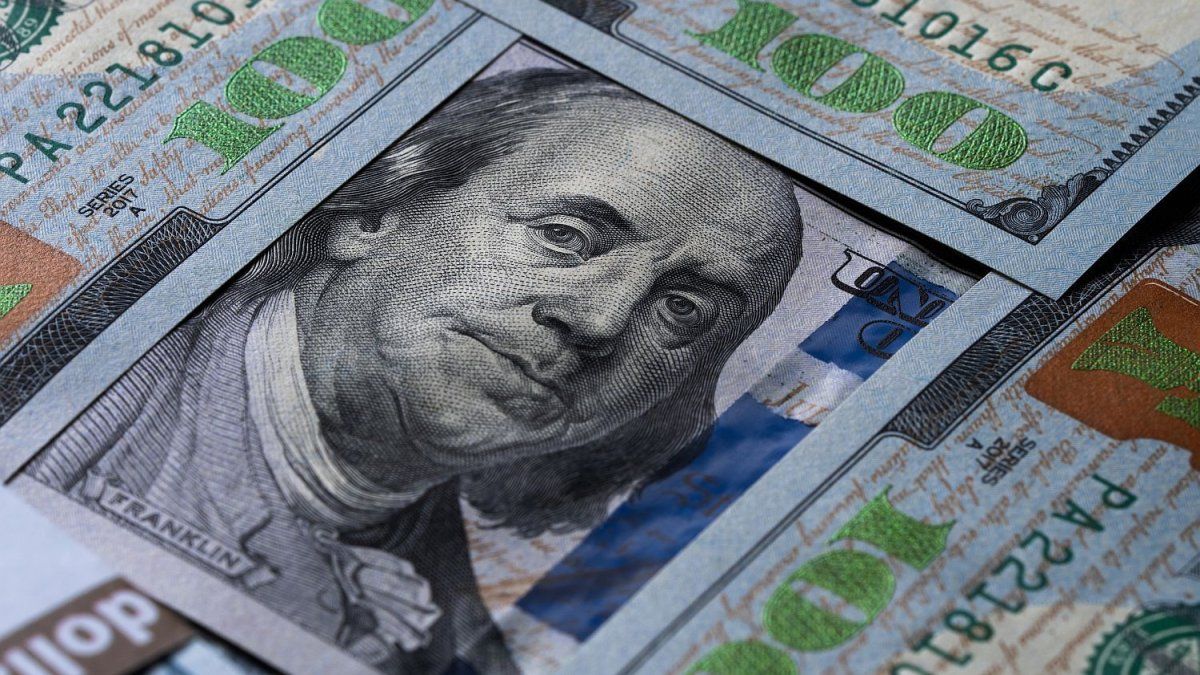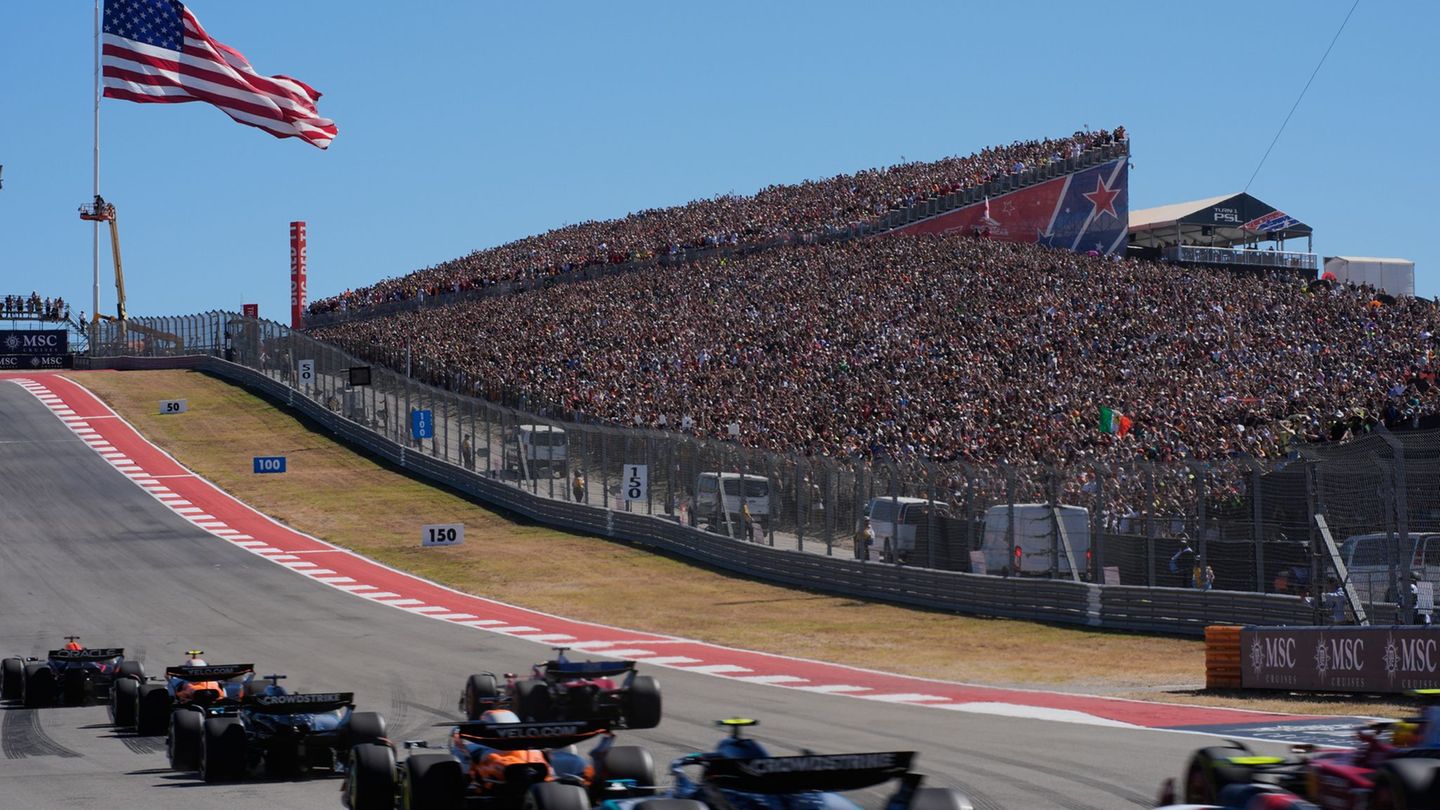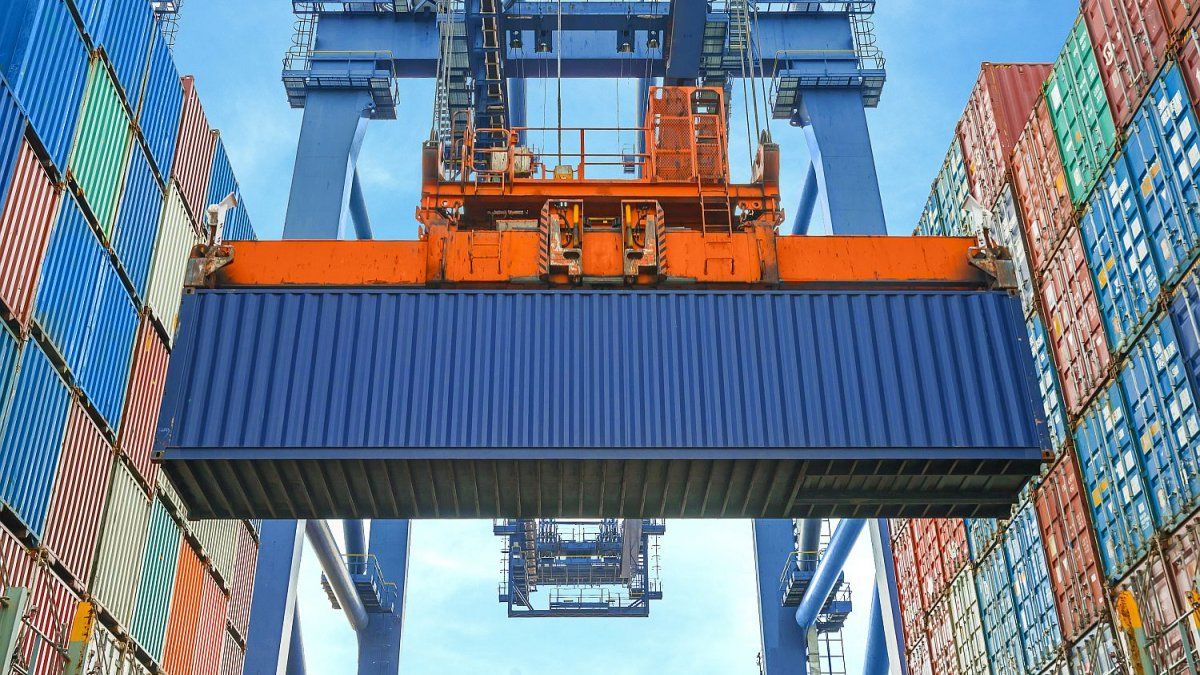The data did not go unnoticed by those who today, at dawn, were doing the math on the reserve projections, the partial disarmament of the carry trade underway and the possibilities of the MEP dollar and the CCL making a more significant rebound.
Not only the short-term flow is weighted, manipulated in part by the Central Bank’s decision to raise its monetary policy rate to 32% annually. There was a stir in future dollar contracts (higher volume) and certain movements that boosted demand for bonds such as the AL30), pre-announcing some adjustments to the 2% crawl. All in all, the starting point of this kind of “rebound” for the dollar could mark a start date.
Last week, in a statement that caught the attention of locals and strangers, President Javier Milei said that “now we have the problem of the dollar falling, because if it continues to fall many sectors will go bankrupt.” There are those who record that statement as the kick that triggered the sequence of the CCL dollar, the blue dollar and the MEP dollar. But how far can it go?
From Arriazu to what the Government thinks: rate, dollar and reserves
It is useful then to stop at what the Government thinks. The central idea is that, if the rate in pesos is maintained above the rate of devaluation of the official exchange rate, greater exchange rate pressure should not appear. In any case, there are those who already recommend making changes.
The warning was duly presented. In the last hours, Ricardo Arriazu, perhaps President Javier Milei’s chief economist, launched a harsh forecast. “Argentina must aspire to reach an amount of reserves equivalent to 100,000 million dollars to minimize the risks of sudden changes in the demand for pesos, which implies that about 70,000 million dollars would have to be purchased,” he said and added: “This will only be achieved if the demand for pesos increases and it is not issued. The sources may be current account surpluses, renewals of debt maturities, new private sector borrowing to finance investments and the buffer.” To this we must add the rebound of the informal dollar, which has been positive for several days until it reaches the $1,135 area.
Arriazu warns that the departure of the Government, In the short term, it is debt and not exchange rate liberation. Ergo, one would expect that in its recent adventure, the dollar CCL, MEP and blue consolidate a floor and do not look for a ceiling. The economist, who usually shares the evenings at the presidential villa in Olivos where opera is watched with the President, slips that the Government does not want, for now, to float the exchange rate. That the most likely thing is that the Casa Rosada wants to continue with stocks during 2025 and that whoever intends to buy dollars to hoard them, well, go for the MEP dollar that does not take away reserves from the BCRA. Of course, it remains to be evaluated what may happen with the blend dollar, but from Arriazu’s phrase it is also clear that there will be greater interventions and more interest rate policy while seeking to slow down the carry trade. A controlled gap, Arriazu seems to say, pays for now.
Vaca Muerta as the dollar’s “game-changer”
However, there are also glances that seek to drill into the coming months to find out if the dollar slack will arrive at some point. In this game, the energy export business stands out. The six shareholders of Vaca Muerta Oleoducto Sur (VMOS SA) yesterday reported to the National Securities Commission (CNV) the approval of the construction of the US$3 billion RIGI project to export more than 550,000 barrels of oil per day starting in 2027 and the signing of an agreement for the transportation of crude oil. YPF, Vista, Pampa Energía and Pan American energy (PAE) committed 275,000 barrels per day of capacity, while Chevron, Pluspetrol, Shell and other smaller oil companies will contribute an additional 230,000.
In any case, although the design capacity of the Vaca Muerta Oleoducto Sur will allow it to transport up to 550,000 barrels per day during its commercial operation, that amount may be increased to 700,000 barrels per day if necessary. The detail was given by YPF itself: in a statement, it stressed that the completion of this transportation work is strategic for the development of Vaca Muerta and, together with other initiatives, will open the door for export with the aim of achieving $15,000 million in annual income for the country in the coming years, which with its expansions could reach more than $20,000 million.
The energy trade balance
Another fact to take into account. For the first time in almost 20 years, this year will close with a trade balance surplus for the energy sector exceeding US$5 billion. The numbers arise from the November report prepared by the consulting firm Economía & Energía (E&E). Argentina had an energy trade balance surplus of US$4,302 million in the first 10 months of 2024. Comparatively, in that same period of 2023, the balance had shown a deficit of US$737 million.
But the fundamental data is that exports grew 23% between January and October compared to the same period in 2023, and reached US$7,995 million, while imports were cut by almost 50% to US$3,693 million. Interesting to note that in the first ten months of this year, crude oil exports reached 183,000 barrels per day, the highest value in the last 20 years. Hence, Vaca Muerta is for many a kind of “game-changer”, since the report from the consulting firm directed by Nicolás Arceo suggests that energy exports in 2030 would be US$22,426 million, almost a third of the current total exports of the country.
Source: Ambito
I am a 24-year-old writer and journalist who has been working in the news industry for the past two years. I write primarily about market news, so if you’re looking for insights into what’s going on in the stock market or economic indicators, you’ve come to the right place. I also dabble in writing articles on lifestyle trends and pop culture news.




